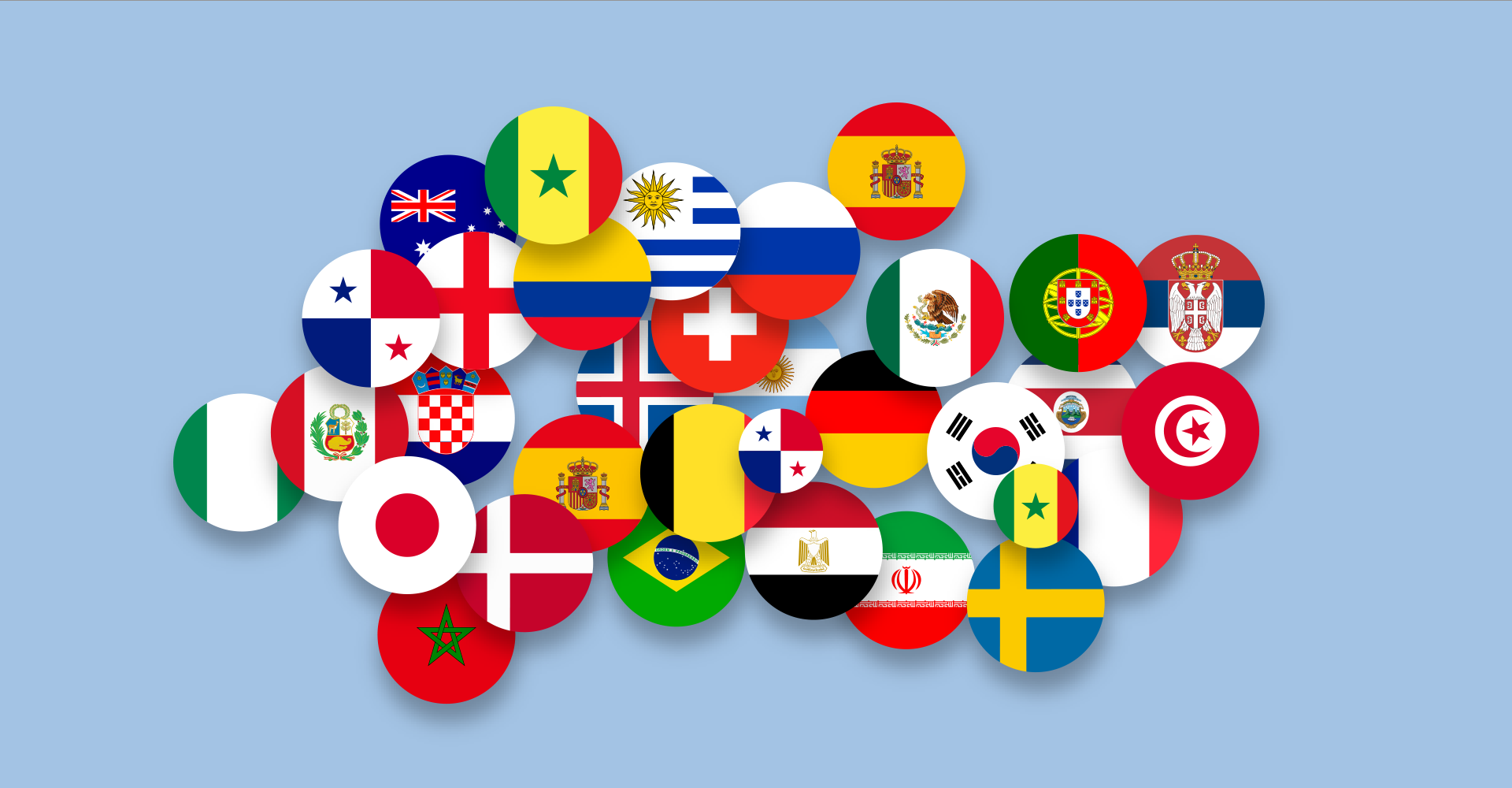As an experienced translator, you must have been asked by a client to translate scanned documents. In an impromptu survey of 10 translators working for AM Vietnam on how they translate this type of document, up to 8 out of 10 people answered that they translate it directly, 2 others again choose to convert it to editable document (word format) for translation. So which is the optimal method in the above answers or is there another option? Let’s find out in this article!
What is a scanned document?
A scanned document is a document that is converted from print to electronic form such as pdf or img format. Scanned documents are quite common and useful in the easy and quick electronic storage and dissemination of documents.
Scanned documents have characteristics that distinguish them from other common electronic documents such as word documents, for example, their content cannot be selected, copied or edited in common ways. For this reason, in modern translation we can list this as hard-copy and as a type of scan of printed documents.
How fast and accurate is the translation of scanned documents?
In the introduction, I mentioned 2 translation options provided by our collaborators. Those are actually two main options for translating this type of document, but they also have certain risks.
Method 1: Translating scanned documents directly
Before 2010, this method was quite popular in Vietnam and around the world. It is so popular that no matter how long or short the scanned document is, it is directly translated by one or more translators. Is this still true today? The answer is it is still applied, but only for short documents such as resumes or letters. And here are the pros and cons of translating directly:
Pros:
· Allow simple and fast translation process
· Be effective in translating scanned documents of less than 5 pages requiring translation in a short period of time
Cons:
· Difficult to control quality, likely to delivery lacking translation
· Difficult to operate teamwork due to the impossibility of direct cross-reference
· Difficult to maintain consistency with multi-page documents
· More time for translation and proofreading may be required if the document is too long (20 pages or more).
Method 2: Converting the documents before translation
In recent years, the converting option has been recommended by international translation standards and should be considered the preferred method. Pre-translated scanned documents need to be converted to word or excel format or the original text format in which they were created. This stage will take a lot of time, but in return, it shortens the time to implement a quality translation process and overall, it will bring many benefits:
· This allows translators analyze documents in detail to assess volume and organize appropriate translation team
· Translators cam translate on advanced online systems with full database
· Machine translation and automated QA processes can be used to reduce costs
· Translation quality is guaranteed because the application of modern translation processes is possible.
This method also requires accurate document conversion in terms of spelling and completeness. If these two factors are not guaranteed, the translation may contain errors, especially when the language of the scan is Vietnamese or other languages with diacritics.
Some common types of scanned documents in translation
Any printed document can be scanned and emailed for translation. In reality, we usually deal with this type of documents in translation of the following:
· Financial statements and annual reports of the business
· The contract and contract performance documents have been signed and accepted by the parties
· Laws or legal documents that have been promulgated
· Personal records such as identity cards, passports, household registration books, certificate of land use rights, birth certificates, medical records, etc
· Academic records such as academic records, certificates of merit, diplomas, etc
· Records of service, technical or transfer acceptance, etc.


